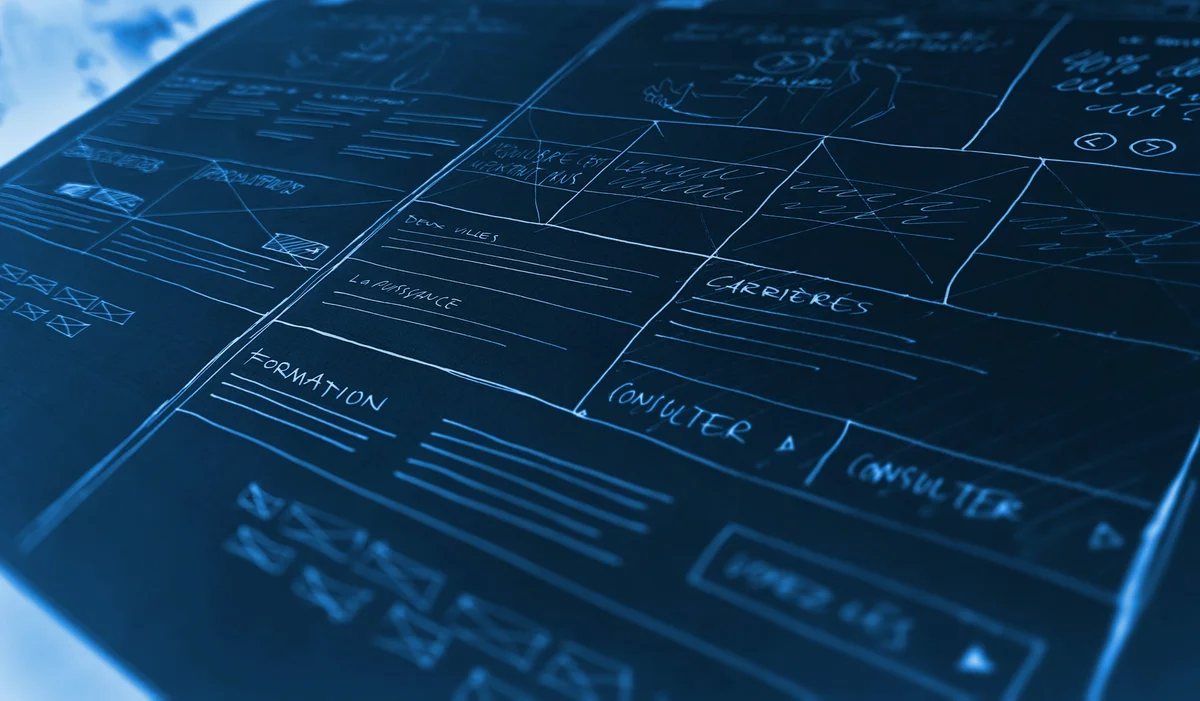6 Best Ways of Troubleshooting iPhone Charging Issues and Overheating Problems
iPhones have been the single most trending subject in the world of smartphones. In the age of smartphones, an essential aspect of our daily lives is ensuring that our devices remain charged and functional. However, encountering charging issues and overheating problems with our iPhones can be frustrating and disruptive. This article aims to provide a comprehensive guide to troubleshooting iPhone charging issues, focusing specifically on overheating problems. We will explore common causes of charging and overheating issues and suggest potential solutions to help you get your iPhone back to optimal performance.
Understanding Charging Issues:
1. Faulty Charging Cable or Adapter
A common cause of charging problems is a faulty charging cable or adapter. Inspect your charging cable for any signs of damage or wear and tear. If possible, try using an alternate charging cable and adapter to see if the issue persists.
2. Dirty or Damaged Charging Port
Accumulated dust, lint, or debris in the charging port can hinder proper electrical contact, resulting in charging problems. Carefully examine the charging port and gently clean it using a soft-bristled brush or compressed air. Avoid using sharp objects that may cause damage.
3. Software Glitches
Sometimes, software glitches or temporary issues can affect the charging function of your iPhone. Restart your device by holding the power button and sliding it to power off. Then, turn it back on and check if the charging problem persists. If the issue continues, ensure that your device is running the latest version of iOS and consider updating it if necessary.
Resolving Overheating Issues
1. Limit Excessive Usage
Using resource-intensive applications or performing tasks that put excessive strain on your iPhone can cause it to overheat. Try to limit activities such as gaming, video streaming, or using augmented reality (AR) apps for prolonged periods, as these can generate significant heat.
2. Remove iPhone Case
If you use a protective case on your iPhone, it may contribute to heat buildup. Remove the case and observe if the device cools down during charging. Some cases are designed to dissipate heat better than others, so consider using a case that allows for better airflow.
3. Avoid Direct Sunlight and Extreme Temperatures
Exposing your iPhone to direct sunlight or extreme temperatures can lead to overheating. Ensure that you charge your device in a cool and well-ventilated area, away from direct sunlight or other heat sources.
4. Close Background Apps
Running multiple apps simultaneously in the background can strain the device’s resources, potentially leading to overheating. Close unnecessary background apps by double-clicking the home button (or swiping up from the bottom on newer iPhones) and swiping the app windows away.
5. Reset Settings
If your iPhone continues to overheat, resetting the device’s settings may help resolve the issue. Navigate to Settings > General > Reset and select “Reset All Settings.” Note that this action will not erase your data but will revert all settings to their default values.
6. Seek Professional Assistance
If none of the above steps alleviate the overheating problem, it may be necessary to seek professional assistance from an authorized service center or Apple Store. Apple experts can diagnose and repair any underlying hardware issues causing the overheating problem.
Preventing Charging and Overheating Issues:
1. Use Genuine Apple Accessories
To ensure optimal charging performance and minimize the risk of overheating, always use genuine Apple charging cables, adapters, and accessories. Counterfeit or uncertified accessories may not meet safety standards and can lead to charging and overheating problems.
2. Avoid Overnight Charging
Leaving your iPhone plugged in and charging overnight for prolonged periods can increase the risk of overheating. Consider charging your device during the day and disconnecting it once it reaches a sufficient charge level.
Also Read: Top 5 Best Code Copying Websites for Developer
3. Perform Regular Software Updates
Keeping your iPhone’s software up to date is crucial for
maintaining device stability and resolving known software-related issues. Regularly check for and install iOS updates through Settings > General > Software Update.
4. Optimize App Usage and Background Refresh
Some apps may consume excessive power and cause your iPhone to heat up. Review your app usage patterns and consider disabling unnecessary background app refresh and push notifications for non-essential apps.
Conclusion
Dealing with charging issues and overheating problems can be frustrating, but understanding the common causes and implementing the appropriate solutions can help resolve these issues. By checking the charging cable and port, addressing software glitches, and implementing preventive measures, you can ensure the proper functioning and longevity of your iPhone. If problems persist, seeking professional assistance is recommended to diagnose and repair any underlying hardware issues. Remember to prioritize the use of genuine Apple accessories and follow best practices to prevent charging and overheating issues in the future.




